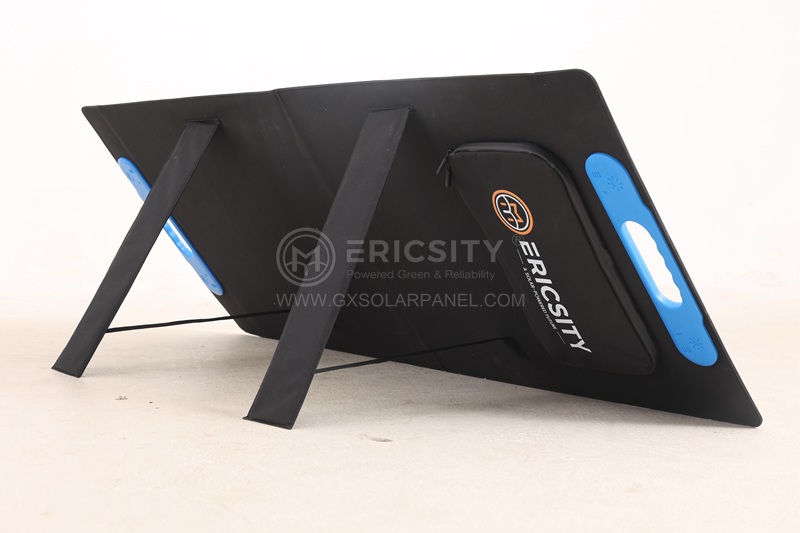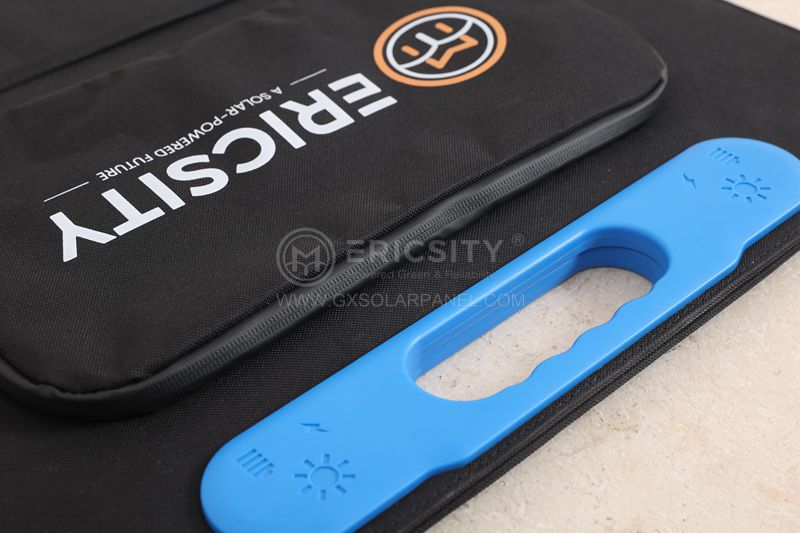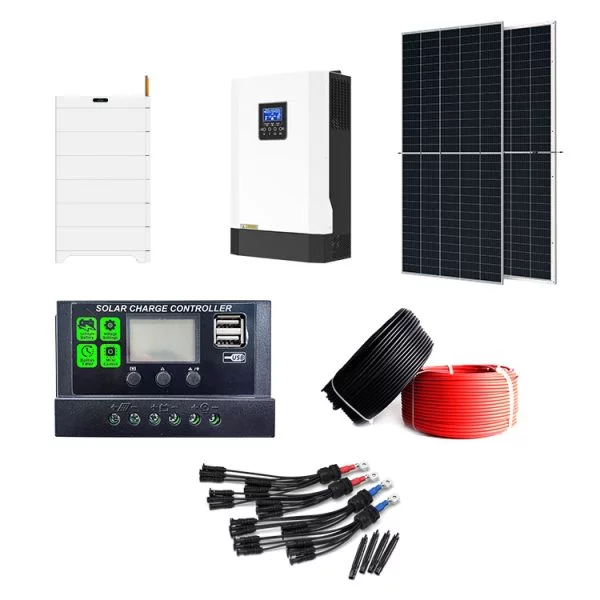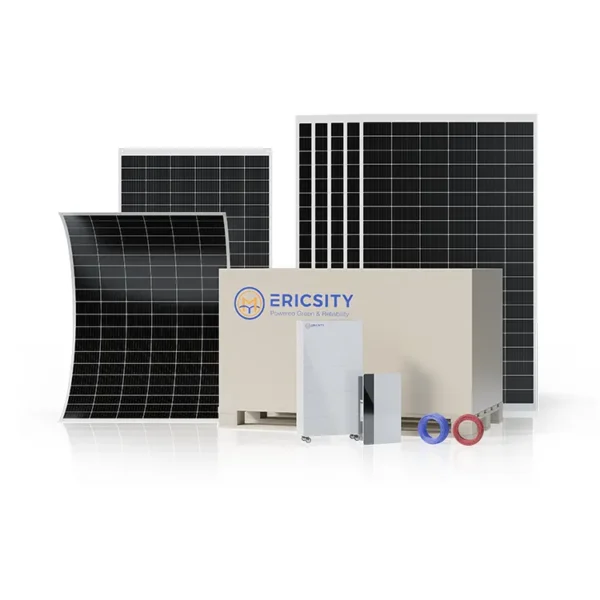HOT PRODUCT
Product Details
From Factory To Installation: The Journey Of Flexible Solar Panel Manufacturers
From Factory to Installation: The Journey of Flexible Solar Panel Manufacturers
Solar energy has emerged as a viable and sustainable alternative to traditional energy sources in recent years, promoting the development and advancement of solar panel manufacturers worldwide. Among these manufacturers, those specializing in flexible solar panels have gained significant attention and admiration due to their unique design and versatility. In this article, we will explore the journey of flexible solar panel manufacturers, from the initial production stages to the final installation process.

The manufacturing process for flexible solar panels begins in a specialized factory. These factories are equipped with state-of-the-art machinery and technology, enabling the production of high-quality panels. The first step involves the creation of the solar cell itself. This is done by depositing a thin layer of photovoltaic material, such as amorphous silicon, onto a flexible substrate, commonly made of metal or plastic. This layer is then patterned to form a series of interconnected cells, allowing the solar panel to generate electricity.

Once the solar cells are created, they are carefully inspected for any defects or imperfections. Quality control is critical at this stage to ensure that only panels of the highest quality move forward in the manufacturing process. Any flawed cells are discarded, and only the best cells are selected for further assembly.

Next, the solar cells are encapsulated to protect them from external factors like moisture and physical damage. This is typically done by laminating them between layers of protective material, such as ethylene-vinyl acetate or a specialized polymer film. The encapsulation process enhances the durability and resilience of the solar panels, enabling them to withstand harsh environmental conditions.
After encapsulation, the flexible solar panels undergo further testing to ensure optimal performance. These tests measure parameters such as electrical output, efficiency, and durability. Panels that pass these rigorous tests move on to the final stage of manufacturing – module assembly.
During module assembly, the solar cells are connected to one another, either through a series or parallel electrical arrangement, to form a complete flexible solar panel. This module assembly process involves attaching the cells to the substrate, placing protective coatings, and creating wire connections for electrical output. Once the modules are assembled, they undergo additional inspection and testing to ensure they meet the necessary standards.
After the manufacturing process is complete, the flexible solar panels are ready to be installed. Due to their flexible nature, these panels offer a wide range of installation options. They can be adhered to various surfaces, including curved or irregular ones, using adhesive backing or fasteners. This flexibility makes them suitable for applications in various industries, such as building-integrated photovoltaics, transportation, and portable power solutions.
During installation, factors like orientation, shading, and positioning are carefully considered to maximize the panels’ exposure to sunlight. Once installed, the panels convert solar energy into usable electricity, providing a clean and sustainable power source for residential, commercial, or industrial applications.

In conclusion, the journey of flexible solar panel manufacturers is a complex and sophisticated process that involves multiple stages, from factory production to installation. These manufacturers employ cutting-edge technology to produce high-quality panels that can withstand different environmental conditions. The flexibility of these panels allows for diverse installation options, making them a promising solution for transitioning towards a renewable energy future.




